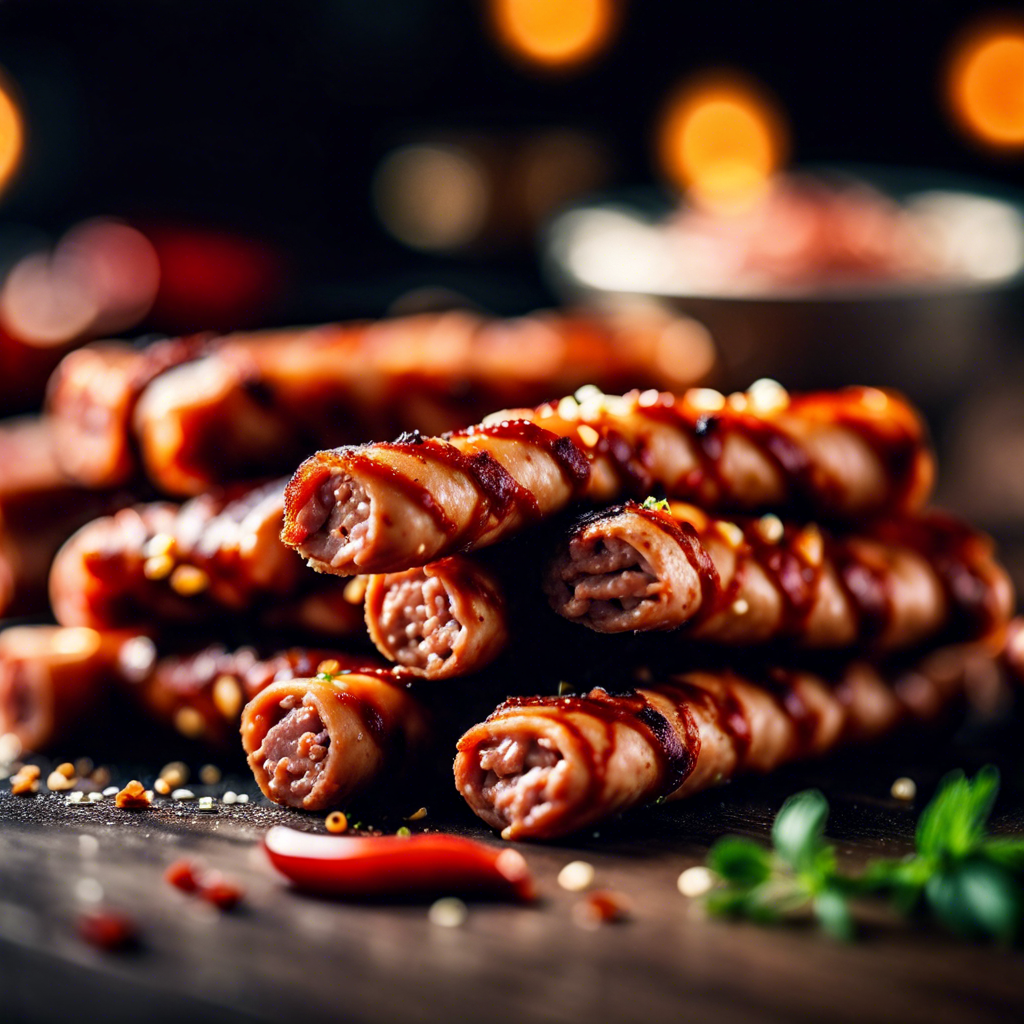A Celebration of Creamy Delights: Exploring the World of Custards

A Celebration of Creamy Delights: Exploring the World of Custards
Few desserts can rival the smooth, velvety allure of a perfectly made custard. This culinary chameleon, with its simple yet versatile nature, has captivated taste buds for centuries, gracing tables in countless forms across the globe. Join us on a delectable journey as we delve into the world of custards, exploring its history, variations, and the sheer joy it brings to every spoonful.
A Glimpse into Custard’s Rich History
The origins of custard can be traced back to ancient Rome, where eggs and milk were combined to create savory dishes. Over time, these early renditions evolved, incorporating sweeteners like honey, paving the way for the sweet treats we know and love today. During the Middle Ages, custards gained immense popularity in European courts, often gracing royal banquets and special occasions. The invention of the bain-marie, a water bath cooking technique, revolutionized custard making, allowing for smoother, more refined textures.
Unveiling the Science Behind the Creaminess
The magic of custard lies in the delicate interplay of eggs, milk (or cream), and sugar. When heated gently, the egg proteins coagulate, thickening the mixture and creating its signature satiny texture. The addition of sugar not only adds sweetness but also helps prevent the eggs from curdling too quickly. This delicate balance is key to achieving a custard that is neither too runny nor too firm.
A World of Custard Variations
Custard’s versatility is truly remarkable, lending itself to an impressive array of desserts. From classic Crème brûlée with its crisp caramelized top to the comforting warmth of Bread and Butter Pudding, the possibilities are endless. Let’s explore some popular custard variations:
- Crème brûlée: This French classic features a rich custard base topped with a brittle layer of caramelized sugar, creating a delightful contrast of textures.
- Flan: Originating in ancient Rome, flan is a baked custard often flavored with vanilla, caramel, or citrus. Its smooth, melt-in-your-mouth texture is simply divine.
- Pastry Cream: This versatile custard, thickened with cornstarch or flour, is the perfect filling for pastries like éclairs, tarts, and cream puffs.
- Pot de Crème: A decadent French dessert, Pot de Crème is a rich, intensely flavored custard often infused with chocolate, coffee, or liqueurs.
- Frozen Custard: A beloved American treat, frozen custard is made with eggs, cream, sugar, and often incorporates mix-ins like fruit, nuts, or candy pieces.
Tips for Custard Perfection
While custard may seem intimidating, mastering the basics is easier than you might think. Here are a few tips to ensure custard success:
- Gentle Heat is Key: Cook custard over low heat, stirring constantly, to prevent curdling. A bain-marie helps ensure even cooking and a silky texture.
- Don’t Overcook: Custard is done when it coats the back of a spoon but is still slightly loose in the center. It will continue to set as it cools.
- Strain for Smoothness: Straining the custard through a fine-mesh sieve removes any lumps or imperfections, resulting in a velvety texture.
- Chill Thoroughly: Allow custard to chill completely before serving to allow flavors to meld and the texture to set fully.
A World of Flavor Awaits
Custards offer a blank canvas for culinary creativity. From classic vanilla to exotic fruits, spices, and liqueurs, the flavor combinations are limitless. Experiment with different extracts, infusions, and toppings to create your own signature custard creations. Whether enjoyed on its own or as part of a more elaborate dessert, custard is sure to delight your taste buds with its timeless charm and endless possibilities.





